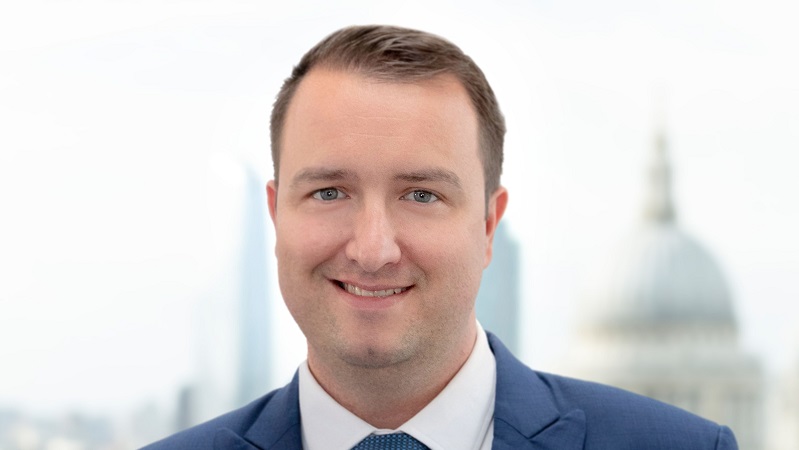Q: What’s the biggest change you’ve seen in the industry since you joined?
The adoption of model portfolios by advisers has been a seismic change. This trend involves partnering with providers to deliver discretionary managed solutions for their clients. Whether it’s model portfolios readily available on platforms or tailored models built specifically for adviser businesses, the evolution has been remarkable.
Some providers have even set up new companies alongside financial advisers to manage these assets, marking a significant step change in the industry. This collaboration has not only enhanced the service offerings but also brought about innovative business models that are reshaping the landscape.
Q: What is the investment topic most often brought up by clients/investors?
Investors often focus on geopolitical risk, uncertainty and volatility, and how to position for these events. Ironically, by concentrating solely on these binary outcomes, one can inadvertently increase portfolio volatility, which is the opposite of what investors want to achieve.
The most important risk investors need to be aware of is shortfall risk – of not achieving their goals. By fixating too much on large macro events, investors can lose out to their behavioural biases, leading them to focus too much on the near term and neglecting the long-term objectives of their portfolio. Instead, we should focus on the diversification benefits of a portfolio, build it to weather the storm and avoid large macro calls that are very hard to get right.
Q: What piece of regulation has had the biggest impact on your day-to-day role?
It’s been more than a year since the introduction of Consumer Duty, which has resulted in a significant shift in how advisers decide to invest their clients’ money. Crucially, it’s led to a mass migration from advisory to discretionary models. This has required discretionary managers like us to adapt to help advisers with these challenges and become true investment partners – to essentially become an extension of their financial planning practice as their in-house investment team.
This has fundamentally changed, and will continue to change, not only the industry itself but also the interaction between advisers and discretionary fund managers. It’s driven by regulation but ultimately determined by the innovative solutions we provide to advisers.
Read the rest of this article in the December issue of Portfolio Adviser magazine











